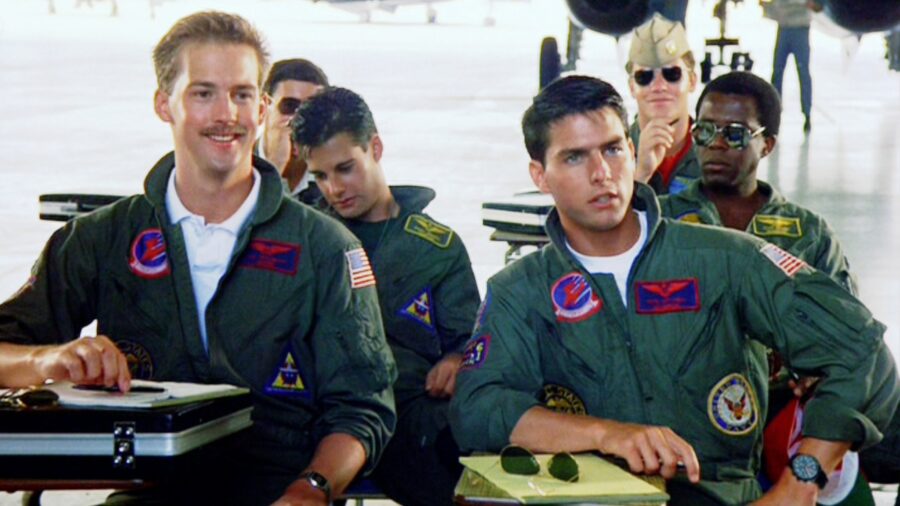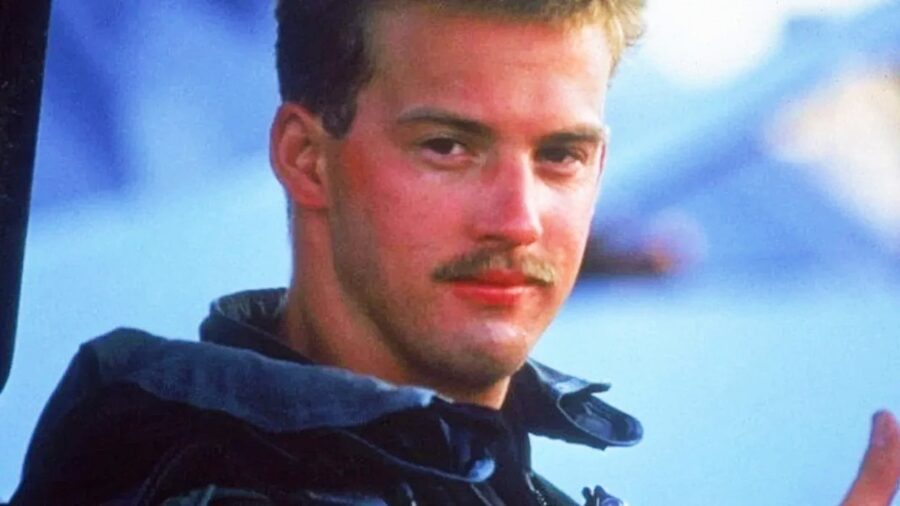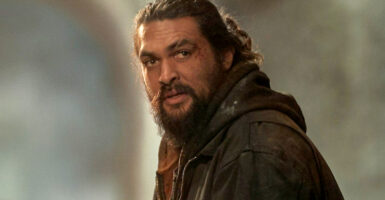Tom Cruise’s Most Tragic Top Gun Scene Is Based On Real-Life Problems With The F-14
The death of Goose in Top Gun was based on real issues with the F-14 fighter jet.

Maverick and Goose, played by Tom Cruise and Anthony Edwards, respectively, comprise one of the most iconic Hollywood duos to ever grace the silver screen in the high-flying military action-drama Top Gun (1986). The 80s classic is best remembered for its exciting portrayal of the military via insane stunts, a soaring soundtrack, and sun-soaked abs on the beach, but the original film is emotionally anchored by the tragic death of Goose during a training exercise in an F-14 Tomcat fighter jet. An article by ScreenRant explains that the circumstances of Goose’s death were based on real problems with the F-14, embedding the film’s pivotal moment in grisly, tragic reality.
In Top Gun, Maverick piloted the F-14 with Goose in the backseat as his trusty radar intercept officer (RIO) during a training exercise. As the pair chased down an enemy aircraft in a combat simulation, their engines flamed out, causing their jet to plummet in a flat spin and forcing the pilots to eject. The millions of dollars lost in the fiery demise of the jet were nothing compared to the human cost of the incident.
As Maverick and Goose ejected, during the fateful scene in Top Gun, the canopy of the plane got stuck. Maverick cleared the canopy, but Goose did not. He was launched at high speed directly into the hard top of the plane, killing him instantly.
The situation in Top Gun is not as unrealistic as it may seem. The ejection sequence of an F-14 Tomcat blows the canopy off the plane, then ejects the pilot and the RIO in a rapid, pre-timed sequence. When a jet is in forward motion at high speed, the canopy blasts off and flies backward, clearing the space above the crew members for a safe ejection; in a flat spin, a jet falls belly first without forward momentum, which can cause the canopy to get stuck above the cockpit.

This causes a danger for those ejecting, particularly for the RIO. The crew members of the jet are ejected at slightly different angles, and during a flat spin, the angle of ejection for the RIO puts them at a greater risk of colliding with the canopy. In the case of a flat spin, F-14 pilots are encouraged to separate the canopy from the aircraft separately from the ejection sequence, allowing more time for the canopy to safely move out of the way before the pilots are ejected.
The canopy issue that leads to Goose’s death in Top Gun is a real problem, and a scenario like the one in the movie is certainly feasible. The death of Goose haunts Maverick for the rest of the film, and into its record-breaking sequel, Top Gun: Maverick. The 2022 follow-up, directed by Joseph Kosinski, combined the death-defying action characteristics of Tom Cruise with a strong, emotional conflict between Maverick and Goose’s son, who is now a top Navy pilot himself.
Top Gun: Maverick is that rare combination of box office dominance and critical praise, and the film has generated considerable Oscar buzz. Though both Top Gun films lean heavily on heroics and romanticism of the military, they also represent a commitment to technical accuracy. The death of Goose was a tragic event in the story that realistically displayed the danger of military service, a sobering reminder of the sacrifices those in the armed forces make on a daily basis.












